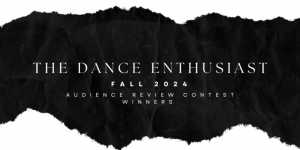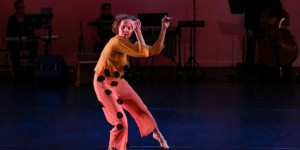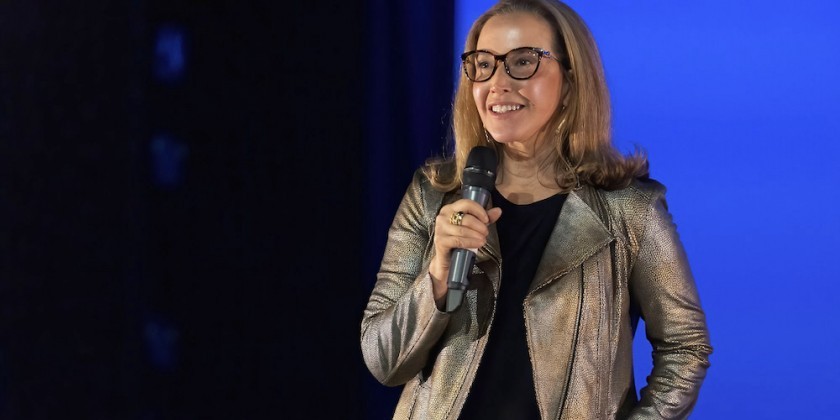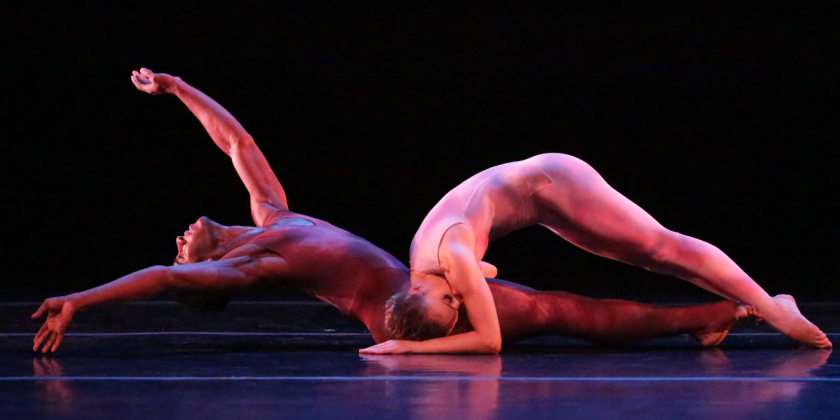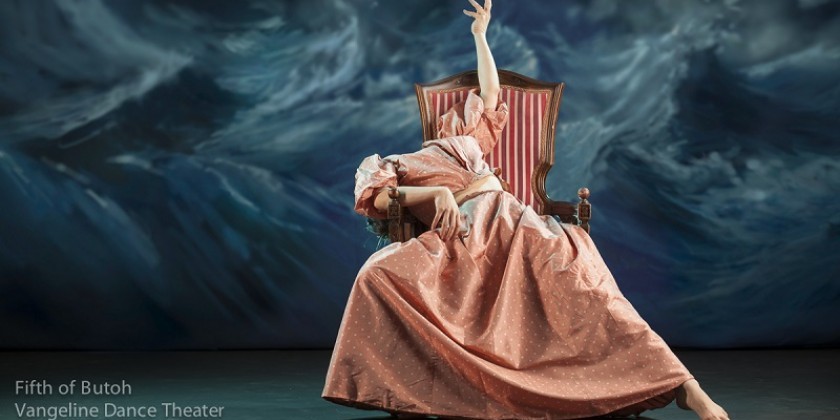IMPRESSIONS: Pascal Rambert's "Love's End"
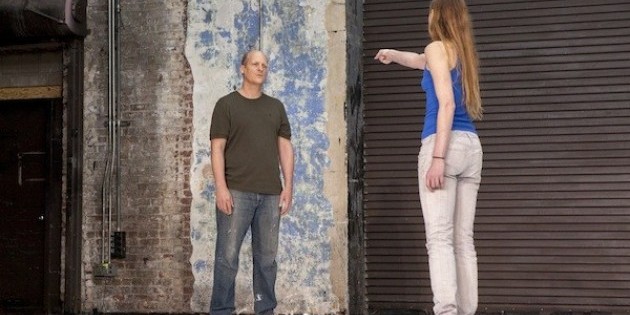
IMPRESSIONS: Pascal Rambert's Love's End
October 10-13th, 2012
Abrons Art Center
Presented with The French Institute Alliance Francaise (FIAF)'s Crossing the Line 2012
Written and Directed by Pascal Rambert
Performed by Jim Fletcher and Kate Moran
October 2012
Pascal Rambert's Love’s End closes FIAF's Crossing the Line Festival with an almost indescribable finality—but allow me to try.
Cory Nakasue for The Dance Enthusiast
I was warned that even though Rambert’s work is usually grounded in movement, that this particular piece might not have enough movement for me to evaluate, and indeed, it did not. The two-hour long, two-hander which consists of two monologues is delivered mostly in a deeply rooted stillness, like watching “two hard blocks of ice that melt into blood,” as one of the characters utters. Yet, as unnervingly still as the performances were, this “dance play,” as Rambert describes it, couldn’t be more corporeal or movement-based.
Jim Fletcher and Kate Moran line up on a hard diagonal. Their characters, “Jim “ and “Kate” are dressed in street clothes on a bare stage in what is supposed to be a rehearsal space, under harsh fluorescent lighting. Great pains were taken to insure that not only the audience, but the actors themselves were stripped bare—so there is nothing between you and the unflinching examination of an ending. No artifice. No theatricality. This is surgery.
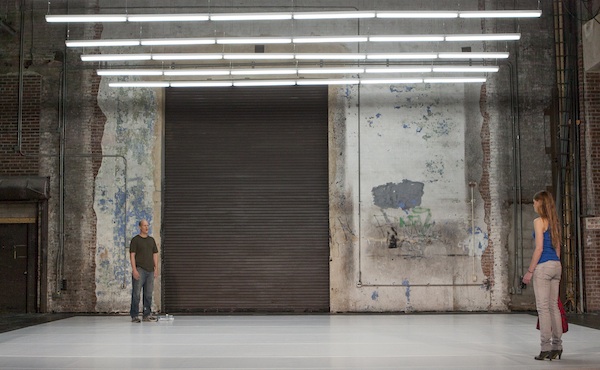 |
| Pascal Rambert's Love's End; Photo © Michael George |
The pumping heart of Love’s End is its cutting inspection of the body and movement through words. The stillness of the actors is of the utmost importance so as not to distract, or display feeling, but to conjure it in the body of the other. Whether you want to call it choreography of “blocking,” there were only three specific movements in the actors’ vocabulary (a vibratory shudder, a collapsing of the body, and an outstretched arm with pointed finger), not including their use of the hard diagonal that was maintained between them throughout the performance. This “path,” which is referenced often during the course of the play is used to brilliant effect as a conceptual metaphor for the parameters we set when we map trajectories for our relationships—or exit strategies for ourselves out of those relationships. Rambert makes it the job of the spectator to read the bodies of the actors from this textual map to decipher interior fictions from bodily evidence; begging the unanswerable questions of “who’s interpretations of an event are correct?” or “how much can we rely on memory, and does it even really matter?” “Is the body the only thing that is not fictional?”
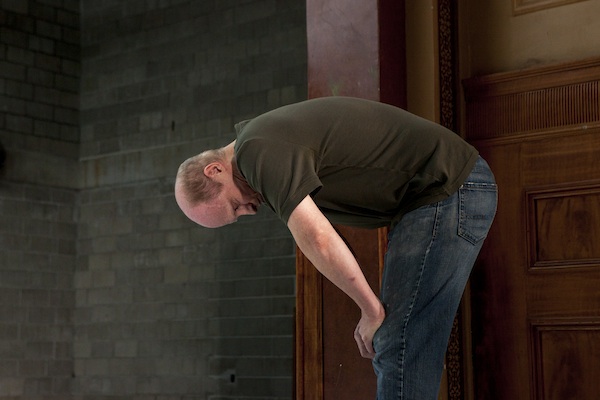 |
| Pascal Rambert's Love's End; Photo © Michael George |
In actuality, by the time the play starts we know that the heart is not pumping anymore, the blood has long since run cold and the internal paths have already diverged. All that’s left are two individuals kicking the corpse of dead relationship—checking for any lingering signs of life. And what has really died? Love? No. Language. A relationship is a language—be it verbal or physical. When you kill a relationship, you kill a language.
Phenomenal performances from Jim Fletcher and Kate Moran. Brave and daring writing and direction from Pascal Rambert. Fin.
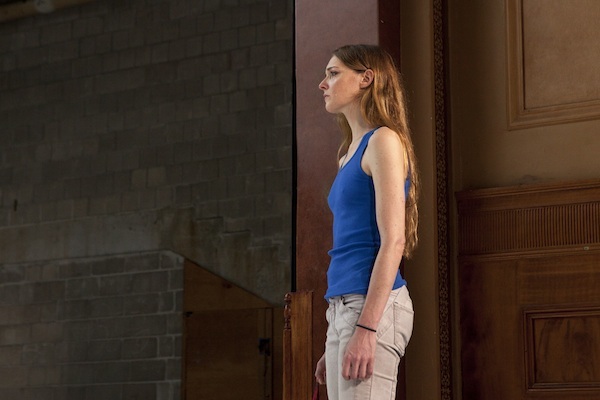 |
| Pascal Rambert's Love's End; Photo © Michael George |




